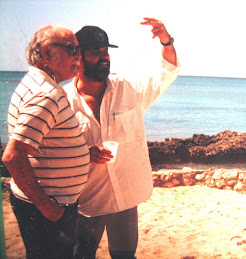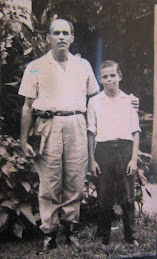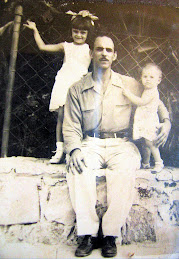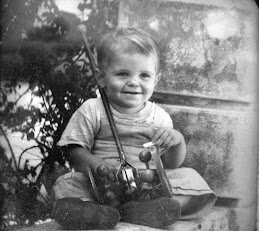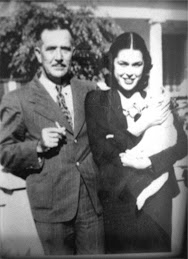
Por supuesto, en Cuba siempre teníamos un carro ---y en él papi nos llevó a conocer la isla de punta a punta. Pero cuando llegó el momento de aprender a manejar, no lo hice. Cuando tenía edad para ello ya vivíamos exilados en Miami y como fuimos muy pobres los 6 años que vivimos allí después de nuestra salida de Cuba --no podíamos comprar carro, ni pensar siquiera en esa posibilidad. ¡Algo que en Miami es una absoluta necesidad! Pero así era la cosa entonces para los recién llegados 'refugiados cubanos' --y nos tuvimos que arreglar usando ‘guaguas’ -y con la ayuda de buenos amigos que nos hacían el favor de llevarnos y traernos en sus carros de vez en cuando.
Después mi hermano León se compró un cacharro por 25 dólares, cuya puerta se cerraba con una soga --y nos retratamos junto a él nada menos que en el Palacio de Vizcaya de Miami, vestidos todos con nuestras mejores ropas (¡me parece estar viendo aquel momento!) --y con gran alegría le mandamos a Cuba la foto a papi, muy orgulloso mi hermano de tener ‘su’ primer carro. ¡El sueño americano comenzaba!
Después, ya viviendo en NYC, y con una situación económica mucho mejor y más estable, yo seguía sin saber manejar. Y como ya no hacía falta tener carro, porque la ciudad no se presta a ello, y son poquísimos los neoyorquinos que viven en Manhattan y tienen auto --¡pues nunca lo eché de menos!
Pero un día -¡alas!- mi papá me dijo que cuando supiera manejar, iba a descubrir la libertad. ¡Y así fue!
Y cuando aprendí a manejar fue --¡maravillosa!-- la sensación de independencia y de total libre albedrío que produce arrancar nuestro carro --y seguir el camino que más nos guste. ¡Total emancipación de todo y de todos! Y también comprendí –tal como papi me decía- que pasear en carro y poderlo llevar aquí y allá a nuestro antojo, es también una gran ‘compañía’, pues se convierte en nuestro cómplice y nuestro amigo. El lugar donde estamos solos --pero a la vez a apenas a unos segundos de nuevos mundos a descubrir.
Y así fue que –a los 30 y tantos años- mi padre mi regaló su viejo carro –y desde entonces soy una mujer libre y soberana --¡y nunca he dejado de tener auto!
Algo que es realmente una locura viviendo en Manhattan. Algo absurdo y carísimo, pues tengo que guardarlo en el garaje de mi edificio, y cuesta una barbaridad mensualmente. ¡Pero prefiero cortar cualquier gasto que dejar de tenerlo! Es así de fuerte mi pasión por mi libertad de movimiento. Y aunque no manejo todos los días, como se hace en otras ciudades, uso muchísimo mi carro, especialmente cuando salgo de noche, en que encuentro parqueo en la calle y es más barato que tomar un taxi de ida y otro de vuelta. Y estando viva mi madre, tanto mi hermano León como yo la sacábamos continuamente "a dar una vuelta", a pasear a New Jersey, a restaurantes, al súper mercado, al médico y siempre nos decía “¡Sin este carro no podríamos hacer nada de esto!...Qué maravilla es tenerlo”.
Y ahora, tanto sola como acompañada, el auto es un consuelo y un aliciente, porque sigo descubriendo mil recovecos, mil rincones --y de pronto veo un edificio viejo en el que nunca me había fijado --o un nuevo rascacielos que han construido tan rápidamente que ni me había dado cuenta de su existencia…¡Todos los días hay algo nuevo! Y a veces mi hija –mi compañera en estos paseos y a quien le gustan tanto como a mí- me dice “¡Mira, por esta calle nunca hemos pasado antes!” ¡Que sorpresa tan agradable!
Y así hacemos excursiones a Philadelphia, a los pueblitos de New England, a las playas de los Hamptons, a las montañas de Vermont. Y llevo a pasear amigos que vienen de otras ciudades y les muestro 'mi' Manhattan iluminada de las noches. ¡Y es fascinante comprobar que todavía hay lugares que son nuevos para nosotros después de casi 40 años aquí! Rincones con historia, calles de siglos atrás, edificios de los 1700 que siguen estando ocupados – y el encanto de la infinidad de barrios étnicos que me fascinan.
Después mi hermano León se compró un cacharro por 25 dólares, cuya puerta se cerraba con una soga --y nos retratamos junto a él nada menos que en el Palacio de Vizcaya de Miami, vestidos todos con nuestras mejores ropas (¡me parece estar viendo aquel momento!) --y con gran alegría le mandamos a Cuba la foto a papi, muy orgulloso mi hermano de tener ‘su’ primer carro. ¡El sueño americano comenzaba!
Después, ya viviendo en NYC, y con una situación económica mucho mejor y más estable, yo seguía sin saber manejar. Y como ya no hacía falta tener carro, porque la ciudad no se presta a ello, y son poquísimos los neoyorquinos que viven en Manhattan y tienen auto --¡pues nunca lo eché de menos!
Pero un día -¡alas!- mi papá me dijo que cuando supiera manejar, iba a descubrir la libertad. ¡Y así fue!
Y cuando aprendí a manejar fue --¡maravillosa!-- la sensación de independencia y de total libre albedrío que produce arrancar nuestro carro --y seguir el camino que más nos guste. ¡Total emancipación de todo y de todos! Y también comprendí –tal como papi me decía- que pasear en carro y poderlo llevar aquí y allá a nuestro antojo, es también una gran ‘compañía’, pues se convierte en nuestro cómplice y nuestro amigo. El lugar donde estamos solos --pero a la vez a apenas a unos segundos de nuevos mundos a descubrir.
Y así fue que –a los 30 y tantos años- mi padre mi regaló su viejo carro –y desde entonces soy una mujer libre y soberana --¡y nunca he dejado de tener auto!
Algo que es realmente una locura viviendo en Manhattan. Algo absurdo y carísimo, pues tengo que guardarlo en el garaje de mi edificio, y cuesta una barbaridad mensualmente. ¡Pero prefiero cortar cualquier gasto que dejar de tenerlo! Es así de fuerte mi pasión por mi libertad de movimiento. Y aunque no manejo todos los días, como se hace en otras ciudades, uso muchísimo mi carro, especialmente cuando salgo de noche, en que encuentro parqueo en la calle y es más barato que tomar un taxi de ida y otro de vuelta. Y estando viva mi madre, tanto mi hermano León como yo la sacábamos continuamente "a dar una vuelta", a pasear a New Jersey, a restaurantes, al súper mercado, al médico y siempre nos decía “¡Sin este carro no podríamos hacer nada de esto!...Qué maravilla es tenerlo”.
Y ahora, tanto sola como acompañada, el auto es un consuelo y un aliciente, porque sigo descubriendo mil recovecos, mil rincones --y de pronto veo un edificio viejo en el que nunca me había fijado --o un nuevo rascacielos que han construido tan rápidamente que ni me había dado cuenta de su existencia…¡Todos los días hay algo nuevo! Y a veces mi hija –mi compañera en estos paseos y a quien le gustan tanto como a mí- me dice “¡Mira, por esta calle nunca hemos pasado antes!” ¡Que sorpresa tan agradable!
Y así hacemos excursiones a Philadelphia, a los pueblitos de New England, a las playas de los Hamptons, a las montañas de Vermont. Y llevo a pasear amigos que vienen de otras ciudades y les muestro 'mi' Manhattan iluminada de las noches. ¡Y es fascinante comprobar que todavía hay lugares que son nuevos para nosotros después de casi 40 años aquí! Rincones con historia, calles de siglos atrás, edificios de los 1700 que siguen estando ocupados – y el encanto de la infinidad de barrios étnicos que me fascinan.
El primitivo barrio ruso de Coney Island, el barrio indio de Jackson Heights en Queens, con olor a ‘curry’ y unas fabulosas tiendas de telas para ‘saris’ y joyerías; divertidos barrios italianos en Manhattan y en Brooklyn (pizzerias de sueño, tiendas de comestibles traídos de Italia, pastelerías y ‘gelatterias’ como en Roma o Nápoles); interesantísimos barrios judíos ortodoxos en Brooklyn; infinidad de barrios Latinos en el Lower East Side, el Bronx o Queens; enormes barrios Coreanos en Manhattan y en Flushing -- y cruzando el río Hudson en Union City ¡una cafetería cubana llamada El Artesano donde desayunar café con leche con tostadas como si estuviéramos en Miami!
Maravillosos mundos neoyorquinos ---a donde mi carro me lleva feliz.
Maravillosos mundos neoyorquinos ---a donde mi carro me lleva feliz.





































.jpg)





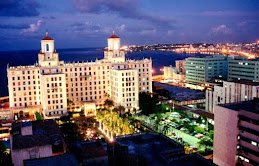
+azul.jpg)







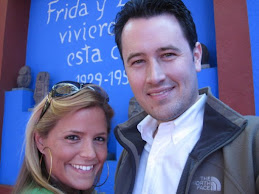.jpg)
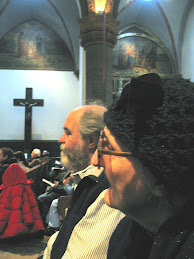

















.jpg)



.jpg)

.jpg)












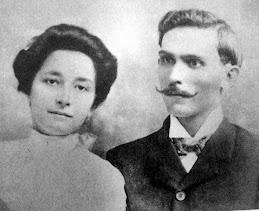

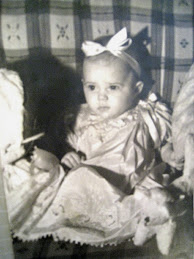
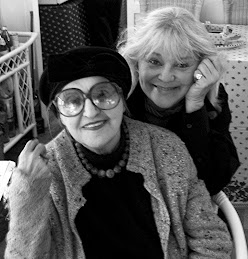
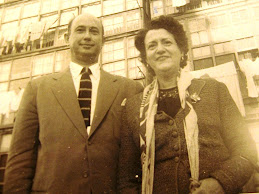

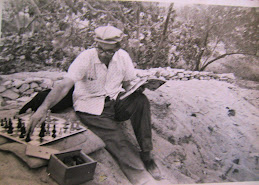
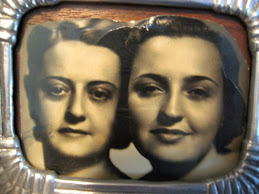
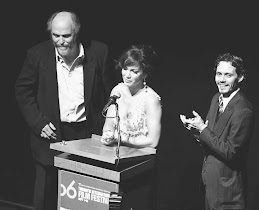
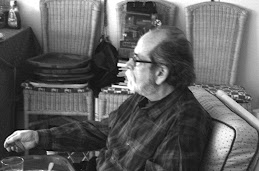
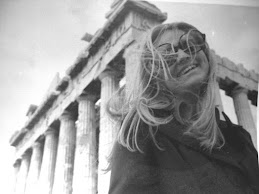

.jpg)

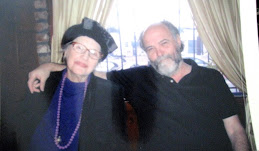
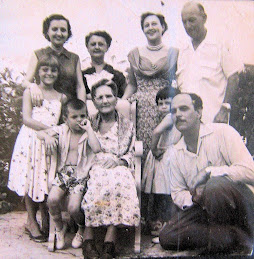
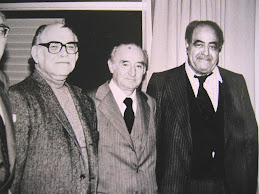


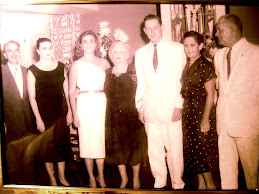


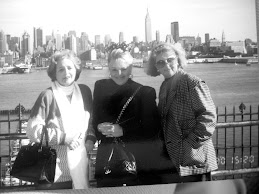

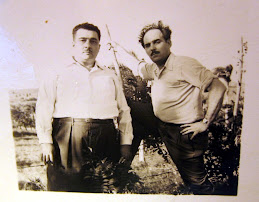

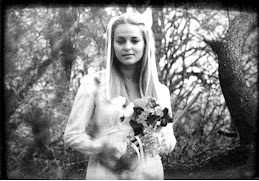
.jpg)
